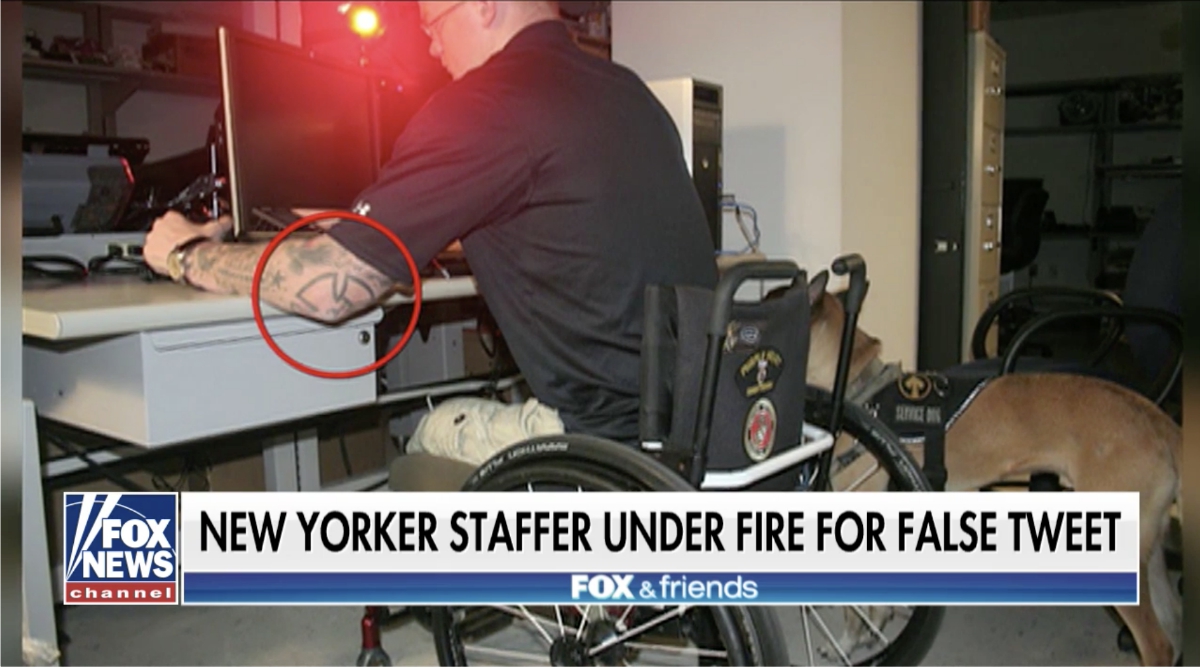Texting while walking is a major contributor to the deaths of pedestrians in traffic accidents, according to a report by the Governors Highway Safety Association (GHSA) released on August 10.
The report, “Everyone Walks: Understanding and Addressing Pedestrian Safety,” examines the different factors that contribute to pedestrian fatalities in collisions between pedestrians and motor vehicles. It notes that while pedestrian fatalities dropped steadily between the mid-1970s and the early 2000s, the numbers have once again started to climb. Nearly 5,000 pedestrians were killed by motor vehicles in 2013, which is a 15 percent increase over 2009.
That averages out to one pedestrian killed every two hours.
Put the phone down, stay alive
The number of pedestrians killed while using cell phones has risen faster than the overall number of pedestrians killed. In 2004, about 1 percent of pedestrians killed were using phones at the time; by 2010, that number had climbed to 3.5 percent. The percentage of pedestrians using phones while suffering an injury has also increased, doubling since 2005.
The report notes that distracted walking is more common among teenagers, who are more likely to say that it’s safe to cross the street while looking at a cell phone. One study observed that 20 percent of high schoolers and 12.5 percent of middle schoolers crossed the street while distracted by phones or portable music players. Other studies have found that teenagers who suffer collisions or near misses with cars tend to report higher cell phone use than teenagers who have not suffered such close calls.
Not all people who text and walk are teenagers, however. In fact, the report found that the typical pedestrian killed by a vehicle was a middle-aged man.
Any form of distraction — including texting or talking on a phone — is dangerous when cars are around, the report notes. Distracted pedestrians are more likely to ignore traffic lights and less likely to look both ways before crossing the street, research has found. They also take longer to cross.
Surprisingly, distracted walkers are more likely to use crosswalks than non-distracted walkers. Researchers believe that people are aware that their distraction places them at greater risk and are trying to be safer. Unfortunately, the rate of injuries and deaths among distracted walkers shows that using a crosswalk is not enough. You have to put down the phone.
“It’s time to expand the focus on the dangers of impairment and distraction to include walking,” said Jonathan Adkins, executive director of GHSA.
States take action
Other factors that made pedestrians more likely to be killed were intoxication (of either the pedestrian or the driver), higher speed limits, and poor safety practices on the part of people whose cars break down on the side of the road.
“It’s incumbent upon states and their partners to educate motorists about how to stay safe in the event of a vehicle breakdown or roadside stop to minimize risk,” Adkins said. “That, coupled with a strong Move Over Law that explains what to do if they encounter a first responder on the side of the road, are critical.”
Unsurprisingly, pedestrians were also significantly more likely to be killed by drivers who were on the phone.
“After all, the driver is operating a multi-ton vehicle,” the report reads.
Even when drivers are paying attention, however, “the risk for injury and death certainly escalates when a pedestrian is not focused on his or her environment.”
Some governments are already taking action on the issue of impaired and distracted pedestrians. Minnesota has launched a campaign inside bars to warn of the risks of walking home inebriated, while the state of Florida and the city of Philadelphia have launched campaigns against distracted walking.
“Pick your head up, put your phone down,” was one slogan of the Philadelphia campaign, titled, “It’s Road Safety, Not Rocket Science.”
Sources for this article include:
GHSA.org [starting on page 15]
GHSA.org
ABCNews.go.com
WTVR.com
PRNewswire.com




















